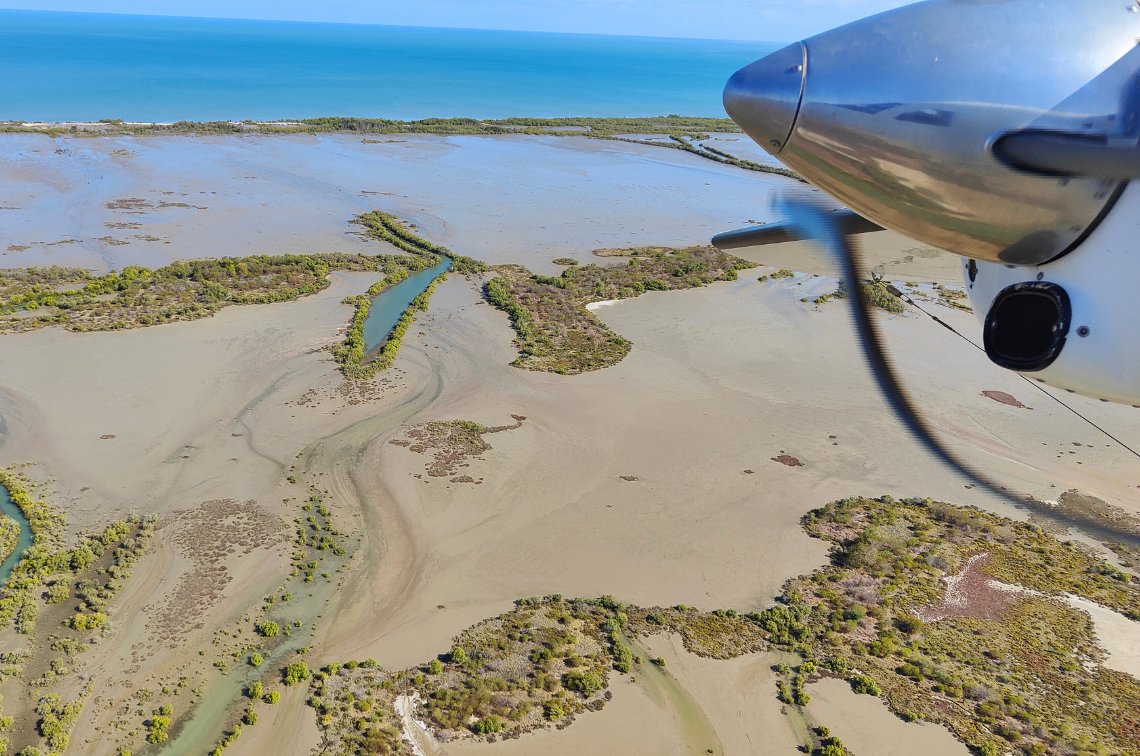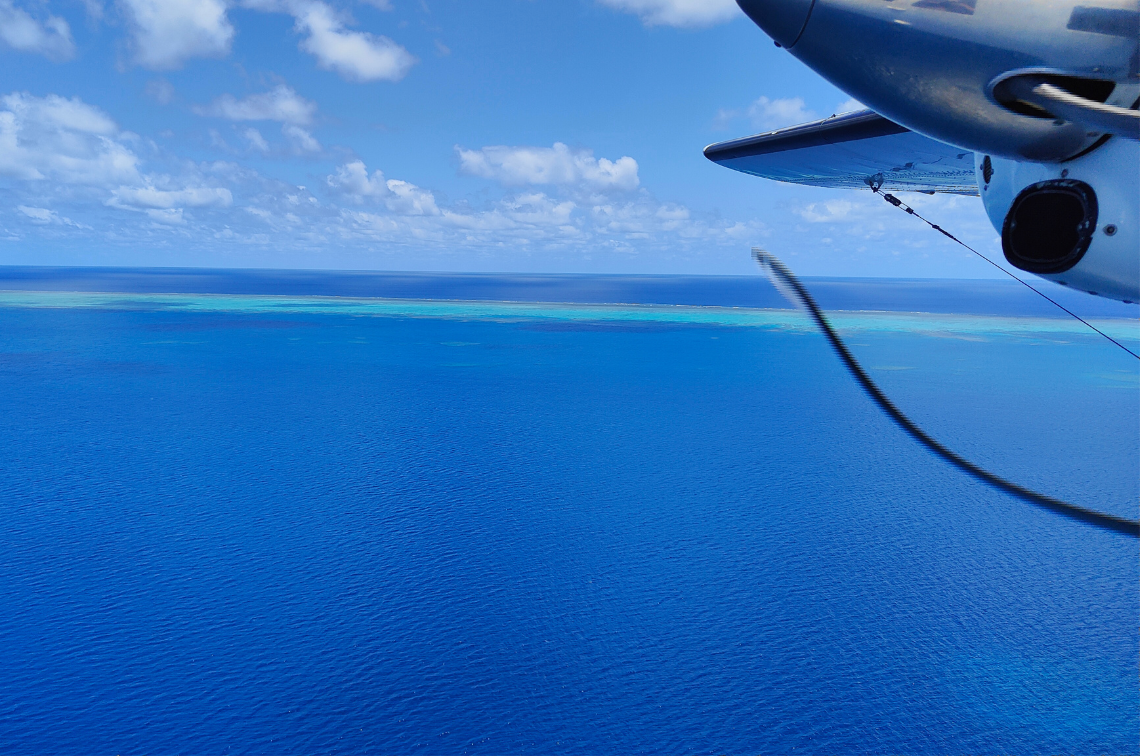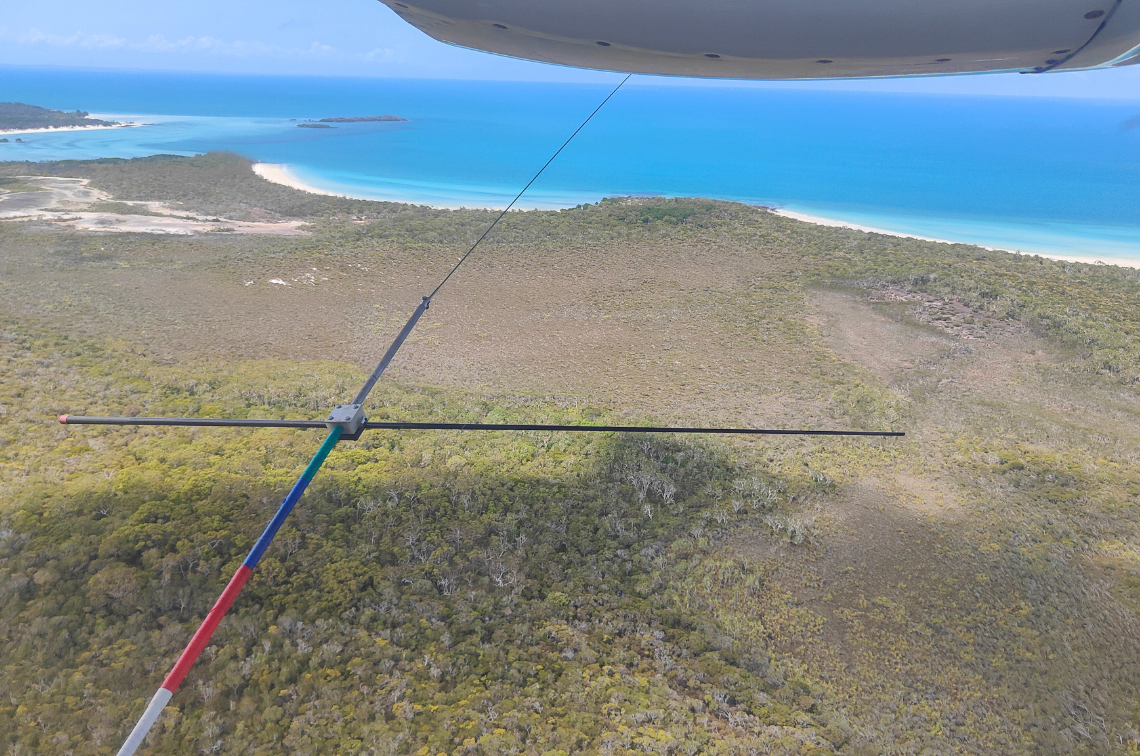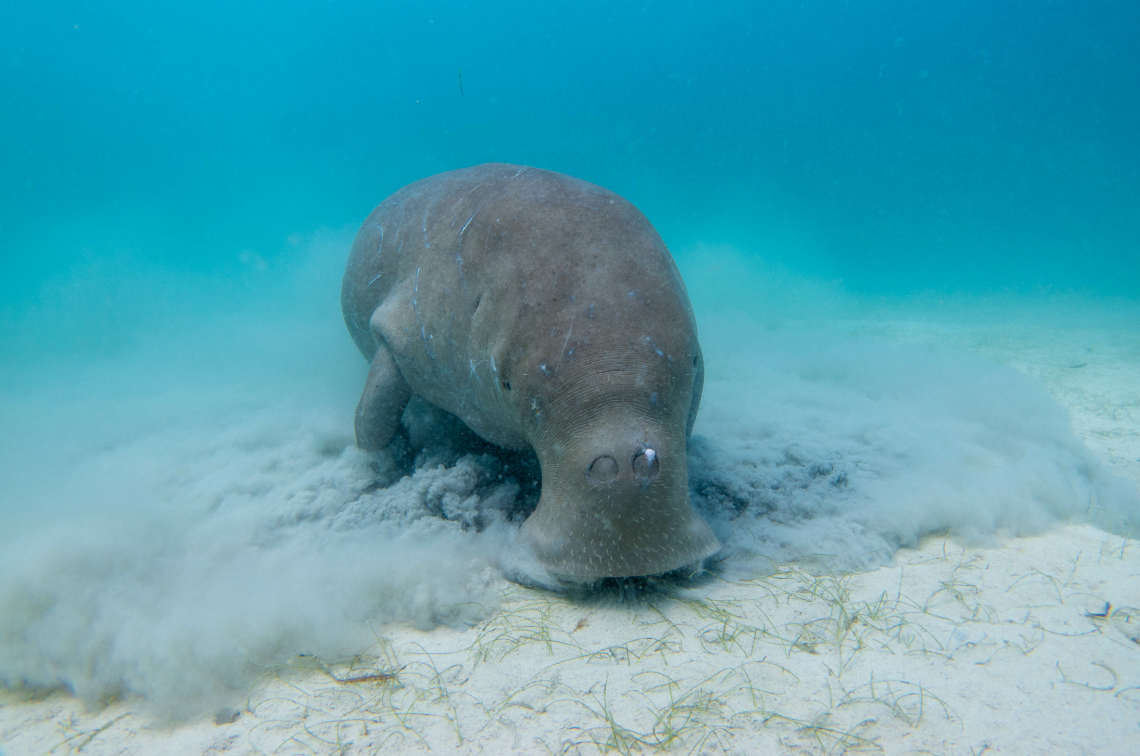Dugong (Dugong dugon) populations in northern Australia are subject to multiple pressures. Commercial gill-netting and traditional hunting directly impact dugongs, while extreme weather events and catchment-based human activities degrade important seagrass habitats, impacting dugongs indirectly. These pressures can have a cumulative and compounding impact on dugong populations.
The last dugong population survey in the southern Gulf of Carpentaria took place in 2007. Aboriginal Traditional Owners, who have lived alongside and stewarded these waters for thousands of years, have observed a decline in dugong numbers in some areas. Scientific aerial survey data is required to confirm these observations and guide appropriate conservation and management strategies. These surveys will collect data on other threatened species including turtles, inshore dolphins, manta rays and sea snakes.
Approach
As well as collecting current dugong data, this project will collaboratively design and establish the foundations for future Traditional Owner-led monitoring, including appropriate training.
Survey methods will align with previous and ongoing dugong population surveys to ensure consistency and comparability of data across years and regions.
To maximise information accessibility, data will be collated and summarised as maps, on publicly available online platforms, and as regionally relevant survey reports and communications.
Opportunities for Traditional Owners
Traditional Owners are invited to actively contribute at every stage of the project, including:
- Participating in survey planning and development
- Participating in aerial surveys with researchers to help count dugongs and identify key habitats.
- Sharing Traditional Knowledge on dugong behaviour, habitat use, and long-term changes observed in the Gulf.
- Collaborating in genetic research to better understand dugong populations and connectivity across regions.
- Helping develop ongoing monitoring strategies that empower communities to continue dugong conservation efforts beyond this project.
Expected outcomes
- Co-designed dugong research and monitoring programs established.
- A clearer understanding of regional dugong, turtle and dolphin population status.
- Dugong, turtle and dolphin population data obtained to support regional planning, ecological management, and habitat restoration efforts.
Project location
Project leaders
Research partners
Charles Darwin University
James Cook University
Collaborators
Queensland Government
Northern Territory Government
li-Anthawirriyarra Sea Ranger Unit
Northern Land Council
Department of Climate Change, Energy, the Environment and Water
Anindilyakwa Land Council
Research users
Land and sea rangers
Anindilyakwa Land Council
Northern Land Council
Queensland Government
li-Anthawirriyarra Sea Rangers
Department of Climate Change, Energy, the Environment and Water





